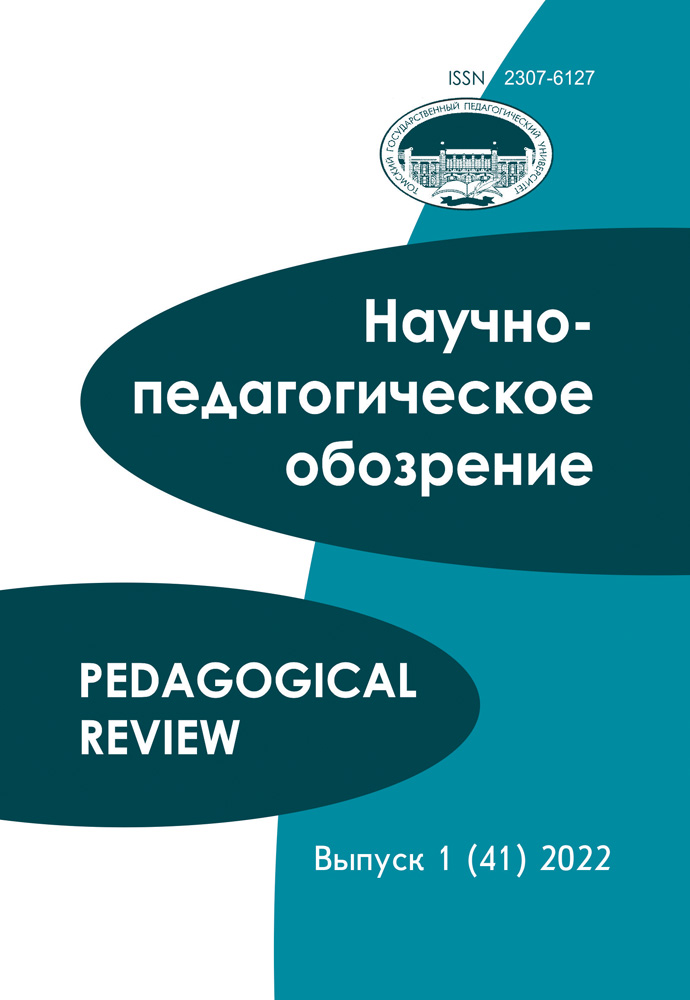Search
| # | Search | Downloads | ||||
|---|---|---|---|---|---|---|
| 1 | The work is devoted to the study of Mongolian place names in the toponymic system of one of the regions of the Russian Federation – the Republic of Bashkortostan. The study aims to discover in the Bashkir toponymy the geographical names of Mongolian origin to analyze their word formation structure, semantics, origin, and spatial distribution in the districts of the republic. The study is significant for the interpretation of foreign toponyms as it reveals the features of their functioning in the toponymic system of the Southern Urals. The scientific novelty of the study consists in the fact that it makes a short excursion into the study of the Mongolian layer in Bashkir toponymy and, for the first time, presents the etymology of many geographical names formed from oikonymic, oronymic, hydrographic terms, drimonims and ethnonyms of Mongolian origin and tries to systematize them. The study was conducted using descriptive, structural, and comparative-historical methods of toponym analysis, as well as ethnolinguistic reconstruction and lingua-cultural interpretation methods. The analyzed material shows that toponyms of Mongolian origin represent a small layer in Bashkir toponymy. Ethnotoponyms of Mongolian origin in Bashkir toponymy result from the intermingling of Mongolian and Bashkir tribes and clans due to the Mongol conquest. Toponyms of Mongolian origin, formed from geographical terms, characterize Bashkortostan's natural and anthropogenic landscape. Mongolian geographical names are also associated with the common beliefs of Mongolian and Turkic tribes. Keywords: onomastics, toponymy, Bashkir toponymy, ethnotoponymy, Mongolian toponyms, etymology | 723 | ||||
| 2 | Geographical names with the word ‘snake’ are common in Bashkir toponymy. This article aims to uncover the reasons for using such names and to shed light on their origins. The occurrence of snakes in certain habitats is the most important factor influencing the appearance of these names. River names associated with the image of a snake have a visual connection to the movements and appearance of a snake that can be observed. The image of a crawling or slithering snake reflects the popular perception of the flow of a river. Furthermore, the inclusion of snake imagery in toponymy can be traced back to ancient Bashkir beliefs and mythology, in which snakes play an important role. An analysis of the mythological material shows that the snake symbolizes the feminine principle, life, fertility, and bodies of water such as rivers and lakes. Consequently, ‘snake’ names are predominantly associated with bodies of water, with these geographical features being viewed both positively and negatively in the popular consciousness. Therefore, distinguishing between sacred and negative places in Bashkir toponymy is possible. According to Bashkir mythology, the snake, as a totem animal, serves as a guide through infinite space and can locate drinking water sources. As the snake is the totem of the Bashkir clan Yylan, it is reflected above all in Bashkir ethnohydronymy, especially in relation to sacred places. In Bashkir mythology, the snake stands for both life and death, which means that bodies of water named after it are associated with “negative” places. Derogatory names in Bashkir hydronyms are associated with symbols from Iranian mythology, such as Azhdaha, Azhi, and Azhai, which stand for dragons or monsters. These creatures are believed to inhabit lakes and swamps, making the water unsuitable for drinking. For this reason, these objects are classified as “negative” places in Bashkir toponymy. Keywords: toponymy, Bashkir toponymy, snake image, reclamation toponyms, pejorative toponyms | 508 | ||||








